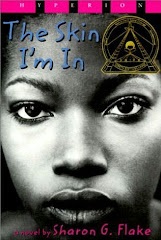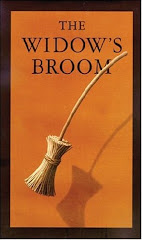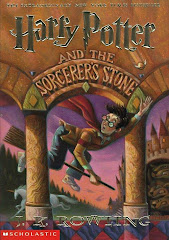The I Poem for 2 Voices was a lot harder than I thought it was going to be. At first I just thought that I would have to look through each book and pick out cultural markers in each. However, it took a lot more effort than just that. I did quite a bit of research on both the Algonquin culture and the Mexican culture in order to better understand the stories and the characters. I think the poem is a great way to showcase two separate cultures and bring out the things that make them truly unique and incredibly similar. Too often we just look at cultures and see the differences but the I poem places a special emphasis on the things that these two different Cinderellas share even though they may come from places thousands of miles apart.
Native American and Mexican culture have always fascinated me, although I never knew a whole lot about Native American culture, just what I had been taught in school. After reading Rough-Face Girl, I was glad to see that someone had written down a Cinderella tale from a specific Native American tribe, not just a "Native American tale." So many times Native Americans get grouped as one huge culture, but they are very different just as Europeans are made up of very many distinct cultural groups. Having lived in North Carolina all my life, I was mostly taught about the Cherokee tribe. However, I was glad to now learn something about a woodlands tribe. The Algonquins did a lot of trading with their Southern neighbors, the Iroquois. I never knew that they did not farm at all but had to get their corn from other tribes. It's so amazing how much you learn when you actually pay attention to the different subgroups that there are under umbrella labels, like "Native American."
The Mexican culture was a lot more open and welcoming than I had originally thought. They are very open with one another and they value family and closeness. This is especially important in understanding what it was like for Adelita to be an orphan and then to be robbed of the only "family" she had left, Esperanza. In a culture that centers around family and close-knit communities, Adelita must have felt completely abandoned when she had no one at home that she could turn to.
The more I learn about different cultures, the more I respect them. I am continually amazed at how many similarities there are between cultures whose foundations are so completely different. However, it is the differences that give me more respect. By understanding different cultural groups, it is easier to understand our ever-changing and diversifying society and the world. I think that everyone should be required to learn at least a little bit about a few cultures, especially the ones that are prominent in their society. The more people learn about different cultures, the more tolerant and peaceful the world will be.
Here is a list of Cinderella stories from different cultures.
Subscribe to:
Post Comments (Atom)










1 comment:
Beautifully written Jenny! I respect your curiosity and sensitivity to many different cultural groups. Thank you! I hope you are able to share Adelita and Domitila with your current ELLs. Let me know if you would like to borrow the book : )
Post a Comment